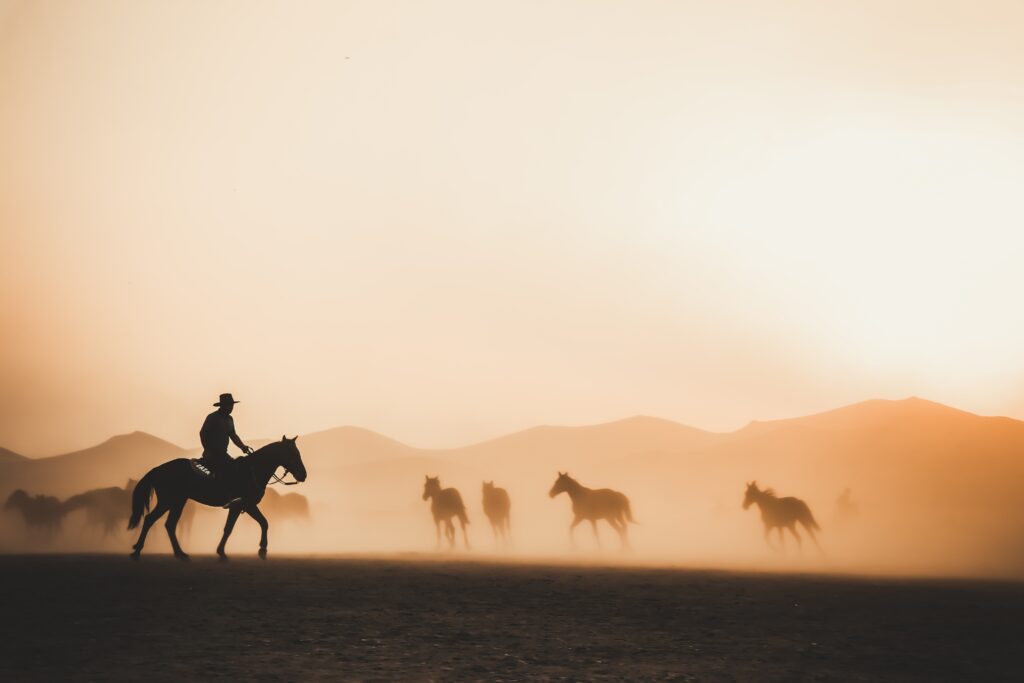Birdwatching in Arizona – Best Spots for Avian Enthusiasts
Birdwatching in Arizona -Discover the Best Spots for Avian Enthusiasts
Looking to do some birdwatching in Arizona? Arizona’s diverse landscapes offer an incredible playground for birdwatchers, attracting avian enthusiasts from around the world. In this guide, we’ll take flight through the top birdwatching locations in the state. Introducing you to the fascinating array of bird species you can spot in these prime avian habitats. Birdwatching in Arizona is right around the corner.
Top Birdwatching Locations
Southern Arizona is a hidden gem for birdwatching enthusiasts. With a remarkable variety of species and a diverse range of habitats to explore. The region boasts numerous hotspots where you can witness a stunning array of birds. From the colorful hummingbirds to elegant herons. In this blog post, we’ll take you on a journey through five of the finest birdwatching destinations in Southern Arizona. Highlighting the unique avian experiences they offer.
1. Ramsey Canyon Preserve: A Hummingbird Haven
Ramsey Canyon Preserve, often dubbed the “Hummingbird Capital of the United States,” is a lush, wooded wonderland nestled in the Huachuca Mountains. This picturesque preserve is a haven for hummingbirds, boasting the highest diversity of these vibrant birds in the country. As you wander along the nature trails, you’ll be captivated by the iridescent beauty and playful antics of these tiny marvels. With over 170 species of birds recorded in Ramsey Canyon, it’s a must-visit destination for any avian enthusiast.
2. Patagonia Lake State Park: A Waterfowl Wonderland
Patagonia Lake State Park, with its serene waters and surrounding woodlands, is renowned for its vibrant birdlife. The lake provides a tranquil haven for waterfowl, herons, and warblers. Visitors can explore the park by boat or take a leisurely stroll along the shoreline, where you can spot a wide range of avian species. This park is a birdwatcher’s paradise, offering the opportunity to see both resident and migratory birds in a serene natural setting.
3. San Pedro Riparian National Conservation Area: A Birding Bonanza
The San Pedro Riparian National Conservation Area, encompassing the cottonwood-lined banks of the San Pedro River, is a birdwatcher’s dream. It’s no wonder that over 350 species of birds have been recorded in this vital migratory corridor. With its diverse ecosystems, including marshes, woodlands, and grasslands, the area provides ample opportunities to spot a wide variety of avian species. Birdwatchers will be delighted by the chance to observe both common and rare birds in their natural habitat.
4. Chiricahua National Monument: A Sky Island Spectacle
Chiricahua National Monument is not only a geological wonder but also a birdwatching haven. This “Sky Island” is home to a spectacular diversity of birds, including trogons, hummingbirds, and numerous migratory species. The striking rock formations and unique terrain provide an enchanting backdrop for birdwatching, making every hike a delightful birding adventure.
5. Buenos Aires National Wildlife Refuge: Home to Striking Avian Wonders
The Buenos Aires National Wildlife Refuge is a critical habitat for a variety of bird species, including the striking Vermilion Flycatcher. This refuge offers a unique blend of riparian areas and grasslands, creating a diverse environment for both resident and migratory birds. It’s an ideal location for birdwatchers seeking to spot not only the vibrant Vermilion Flycatcher but also a host of other captivating avian species.
In the world of birdwatching, Southern Arizona stands out as a prime destination. Each of these locations offers a unique avian experience, making it the perfect place for bird enthusiasts to observe a wide range of species and explore the stunning landscapes of this region. So, grab your binoculars, embark on an avian adventure, and discover the avian wonders of Southern Arizona’s natural havens.

The Stars of Arizona Birdwatching
1. Elegant Trogon: A Rare and Enchanting Beauty
The Elegant Trogon, a striking and elusive species, is a true gem of Arizona’s avian world. This captivating bird, with its resplendent emerald green back, deep red breast, and a striking white face, is a rare and sought-after sight for birdwatchers. These vibrant plumage colors make the Elegant Trogon one of the most stunning and easily recognizable birds in Arizona.
2. Painted Redstart: A Splash of Vibrant Hues
The Painted Redstart is a vivacious burst of color against the backdrop of Arizona’s landscapes. Its striking black plumage, accented by bold red and white patches, distinguishes it as one of the most visually captivating birds in the region. This energetic songbird is known for its joyful songs and agile aerial displays. As we explore the world of the Painted Redstart, you’ll gain insight into its unique behaviors, preferred habitats, and the sheer vibrancy it adds to the natural tapestry of Arizona.
3. Arizona’s Owls: Silent Predators of the Night
Arizona’s diverse owl species, including the Elf Owl and the Great Horned Owl, reign as the silent predators of the night. These magnificent raptors are renowned for their exceptional adaptability and unique hunting techniques. The Elf Owl, one of the smallest owl species in the world, is an enchanting resident of Arizona’s desert regions. On the other hand, the Great Horned Owl, a formidable apex predator, holds a commanding presence in the state’s diverse ecosystems. Delve into the realm of Arizona’s owls. Uncover their distinct characteristics, hunting strategies, and the vital roles they play in the intricate web of the state’s natural balance.

Birdwatching Tips and Essentials
1. Binocular Basics: Enhancing Your Birdwatching Experience
Unlock the world of birdwatching by understanding the importance of quality binoculars. Selecting the right pair for your avian adventures is esstential. Quality binoculars are more than just a tool; they’re your window into the enchanting world of birds. In this guide, we’ll walk you through the essentials of binocular basics. From choosing the right magnification to understanding objective lens size. With the right pair of binoculars, your birdwatching experiences will be amplified. Enabling you to observe even the most elusive species up close and in remarkable detail.
2. Field Guides and Apps: Your Birdwatching Companions
Embark on your birdwatching journey with the knowledge of how to make the most of field guides and smartphone apps. These invaluable companions are your keys to identifying bird species and enhancing your birdwatching experiences. Whether you prefer flipping through the pages of a traditional field guide or using a user-friendly app, this guide will help you navigate the world of avian identification. From learning to spot distinctive field marks to understanding how to effectively use apps like Merlin Bird ID, your birdwatching adventures will be enriched with each new discovery.
3. Ethical Birdwatching: Respecting the Feathery Residents
Birdwatching is not just about observing birds; it’s also about respecting and preserving their habitats. Learn the importance of maintaining a respectful distance, avoiding invasive behaviors, and being conscious of the impact you have on the birdlife you’re watching. By adopting ethical birdwatching practices, you’ll ensure that both you and the birds can coexist harmoniously, allowing you to revel in the wonders of avian beauty while preserving their fragile ecosystems for generations to come.
Conclusion
Arizona’s unique landscapes and habitats offer a world of opportunities for birdwatching enthusiasts. With its remarkable variety of bird species and prime birdwatching locations, the Grand Canyon State provides a delightful avian adventure throughout the year. Whether you’re a novice or a seasoned birder, Arizona’s diverse birdlife and beautiful landscapes are sure to captivate your heart and inspire your birdwatching passion.
Check out our post “A Guide to Golfing in Phoenix: Courses and Tips for Beginners“





















